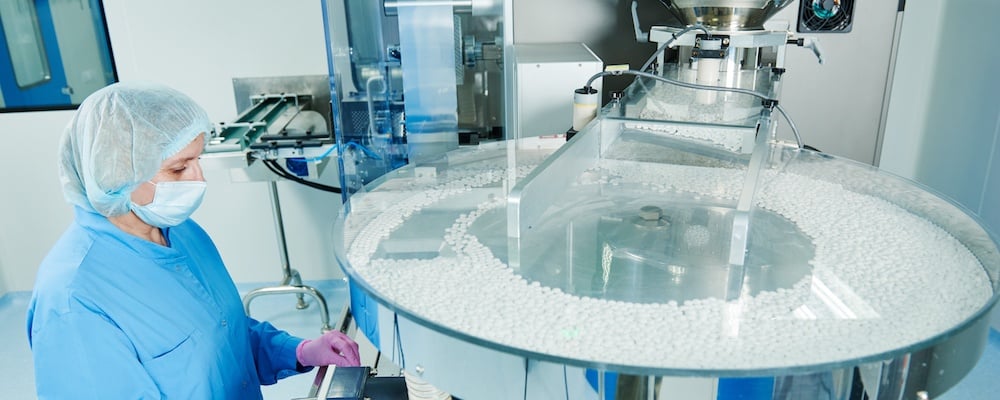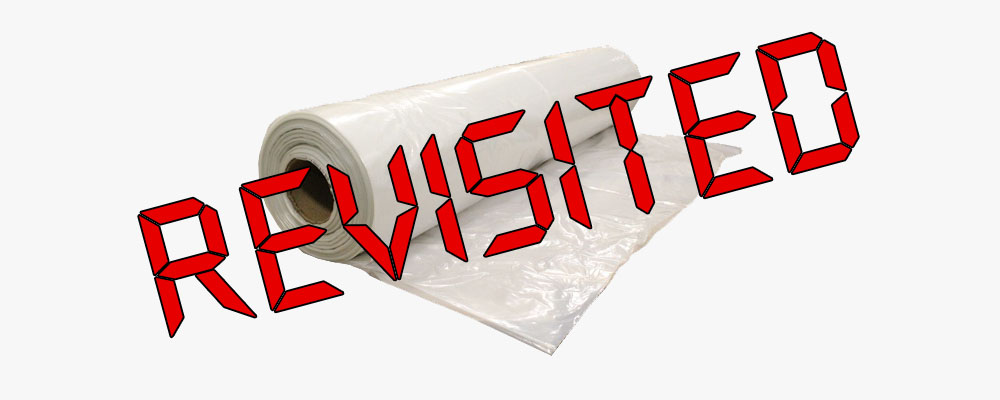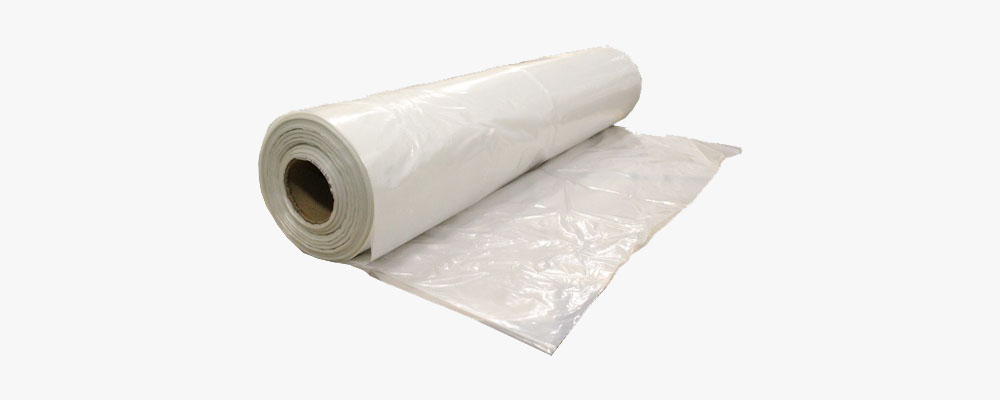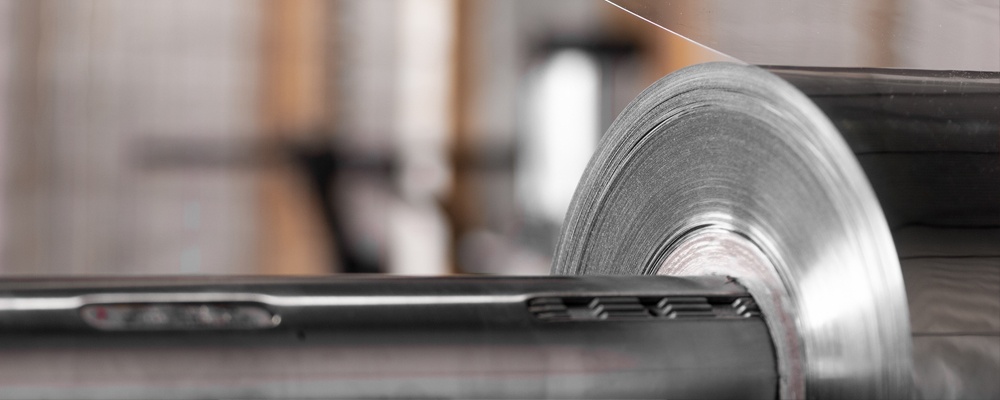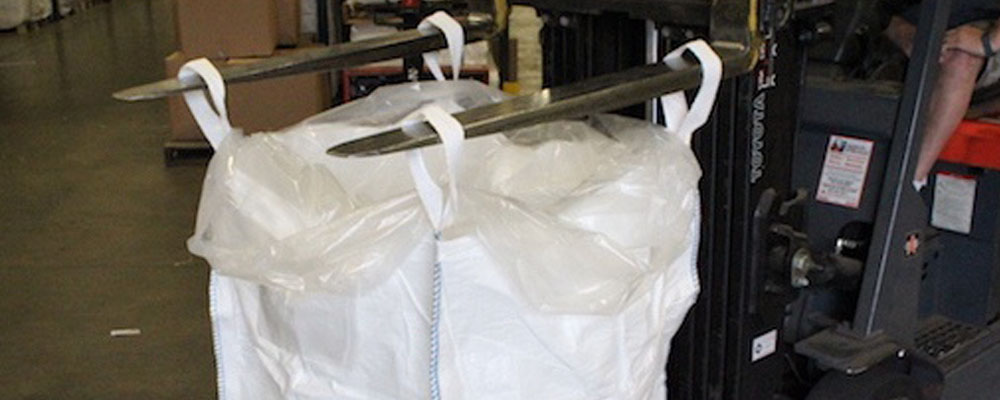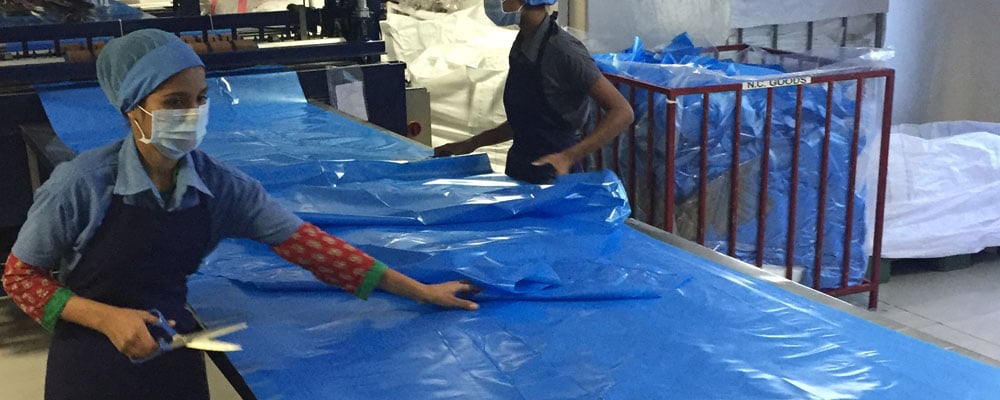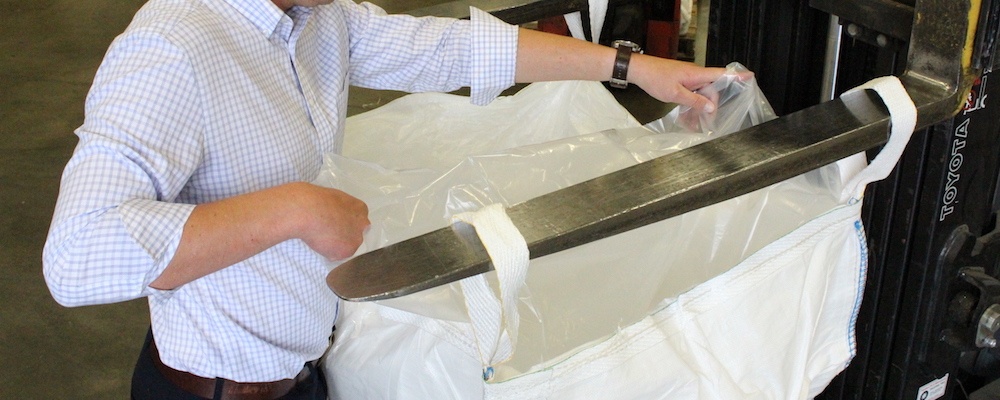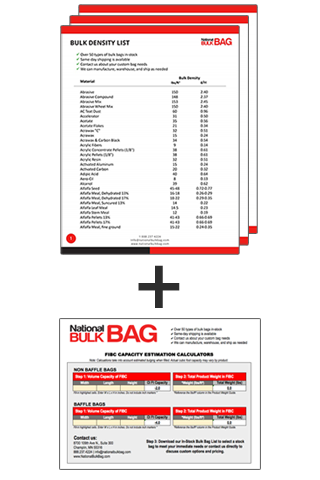Updated: 5-18-2022
When it comes to packaging and transporting a variety of goods, FIBC bulk bags are some of the most versatile options on the market. But what many people don't realize is that FIBC bulk bags with liners can also be extremely useful in a variety of situations. FIBC bulk bag liners are required for certain products and applications. Plastic liners can serve multiple purposes including, but not limited to:

